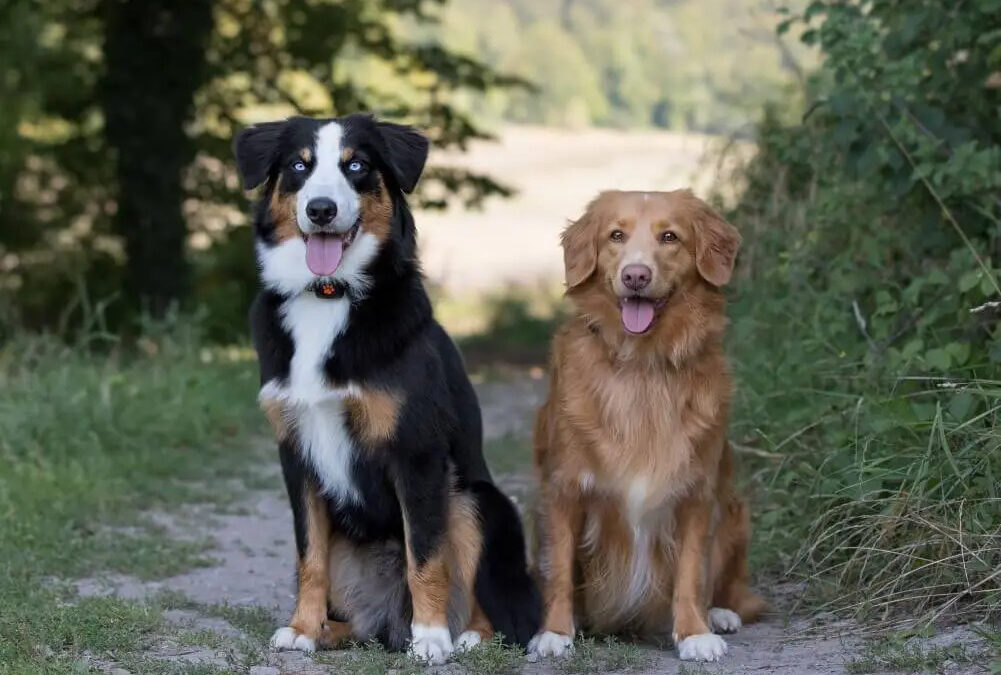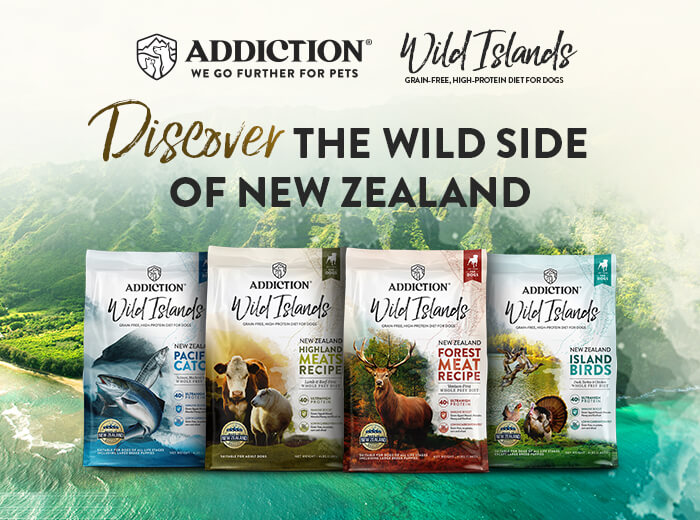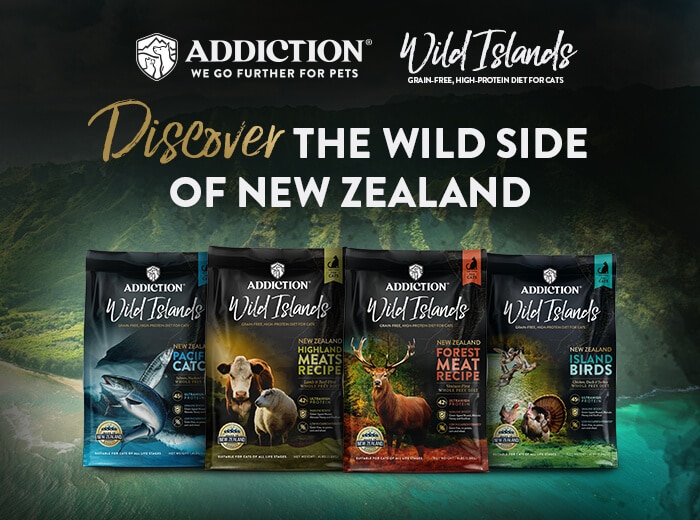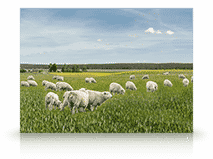Top Tips & Considerations When Feeding Small Dogs
- Physical Size and Digestive Considerations
Let’s start with the obvious – small dogs have petite mouths, teeth, and digestive systems, making their nutritional needs quite distinct from larger breeds. These differences necessitate specific considerations to ensure they get the right nutrients without overloading their systems. Popular breeds of dogs that fall within the small dog category – usually 20 pounts (9 kilograms) or less – include Poodles, Shih Tzus, Pomeranians, Maltese, Chihuahuas, French Bulldogs amongst others.
Small Kibble Size:
- Small breeds have petite mouths and teeth, making it crucial to select kibble that is appropriately sized for easy chewing and digestion. Small kibble not only helps in reducing the risk of choking, but has been reported to help prevent dental issues common in small dogs.
Balanced Meals Throughout the Day:
- Small dogs may benefit from eating multiple small meals throughout the day to maintain stable blood sugar levels and energy. For puppies, this can mean feeding four to five times a day, while adult small dogs typically do well with two to three meals daily.
- If feeding multiple small meals throughout the day isn’t feasible due to lifestyle constraints, owners can leverage smart feeding devices. These devices can be programmed to dispense the right amount of food at specific times, ensuring consistent and balanced nutrition for your small dog, and peace of mind for you!
Digestibility:
- With shorter digestive tracts, small dogs require highly digestible food to ensure maximum nutrient absorption and to prevent gastrointestinal issues. Foods fortified with prebiotics and probiotics can aid in digestion and enhance overall gut health. Examples of highly digestible foods include chicken, venison, lamb, and sweet potatoes. Flaxseed, a common ingredient in Addiction’s formulas, is a good natural source of prebiotics.
- Metabolic and Caloric Needs
Small dogs have a faster metabolism compared to their larger counterparts, requiring more calories per pound of body weight. This necessitates a calorie-dense diet to provide sufficient energy in smaller portions.
High Caloric Density:
- Their food needs to be calorie-dense to provide sufficient energy in smaller portions. Examples of Calorie-Dense foods include venison, duck, lamb, and salmon.
Nutrient-Rich Ingredients:
- Small dogs benefit from foods rich in high-quality proteins and fats. Opt for diets that include wholesome ingredients such as high-quality protein such as meats and fish, and nutrient-packed vegetables and fruits, which provide essential vitamins and antioxidants
- Health Considerations
In general, smaller dogs have been found to enjoy a longer lifespan than larger dogs. While the specific reason is still up for debate, it does not negate the fact that small breeds are prone to specific health issues like dental problems, heart disease, and gastrointestinal issues. When choosing dog food for small dogs, proper nutrition tailored to these risks is crucial for maintaining their health and longevity.
Avoiding Overfeeding:
- Despite their high caloric needs per pound, it’s crucial not to overfeed small dogs. Obesity can lead to severe health problems like arthritis, diabetes, and heart issues. Be mindful of portion sizes and treats, ensuring they don’t exceed 10% of daily caloric intake. The best foods for small dogs are ones that like for humans, are consumed in moderation.
Managing Stress:
- Many small dogs live in urban environments, which can be stressful. Nutrition can help manage stress and anxiety in small dogs living in bustling cities. Look for ingredients that can help reduce stress and promote overall well-being. They might include flaxseed (a natural source of omega-3 fatty acids), salmon (rich in omega-3), and other lean proteins such as venison (a novel protein that can be less allergenic and more calming).
Other Health Considerations:
- Small breeds are prone to dental problems, heart disease, and gastrointestinal issues. Choose foods specifically formulated to address these concerns, such as those with added dental care properties or lower sodium content to support heart health.
Quality and Safety:
- When selecting a small dog food brand, prioritize those known for clean sourcing, high-quality ingredients, high manufacturing standards, rigorous testing, and strong safety measures. Choose a brand that is well-known for reliable and nutritious formulas for the best small dog nutrition.
Feeding small dogs requires more than just reducing portion sizes; it demands a deeper understanding of their unique nutritional needs. By choosing the right foods, balancing their meals, and pre-emptively addressing specific health concerns, you can ensure your small dog will lead a healthy and happy life.
Find out more about Addiction Pet Foods small dog range today, and discover how we can help you provide the best nutrition for your beloved small dog. You can also read more about the range on our blog.
Addiction’s Small Dog Range can be found at Pet Direct, or a pet speciality store near you.











